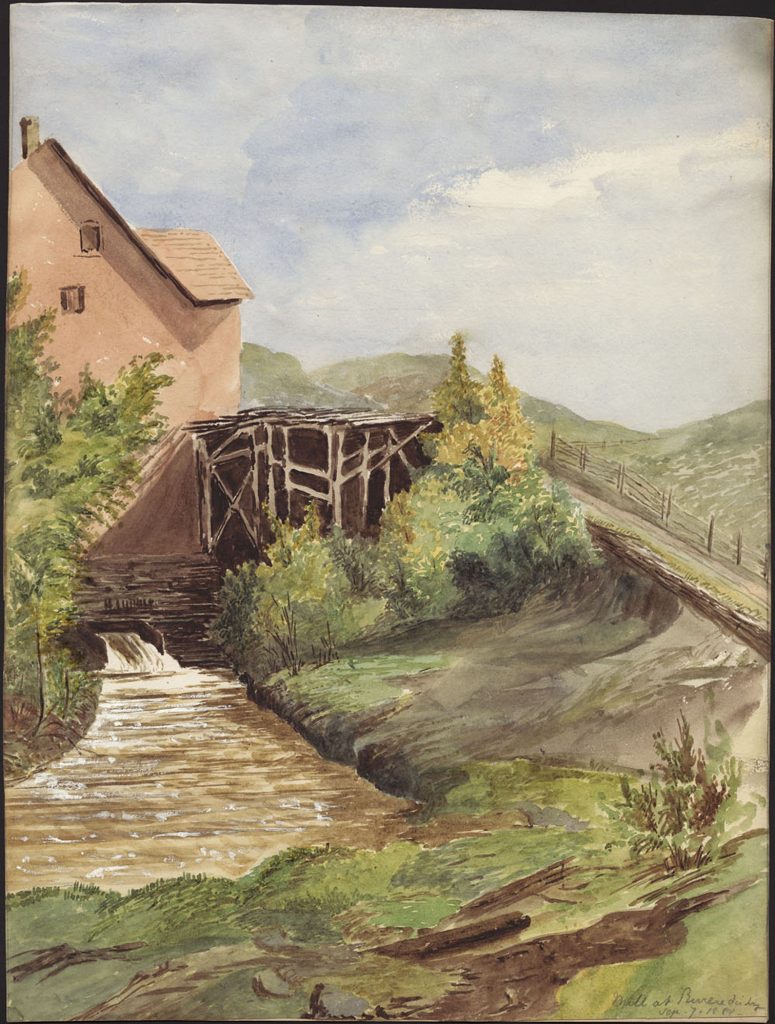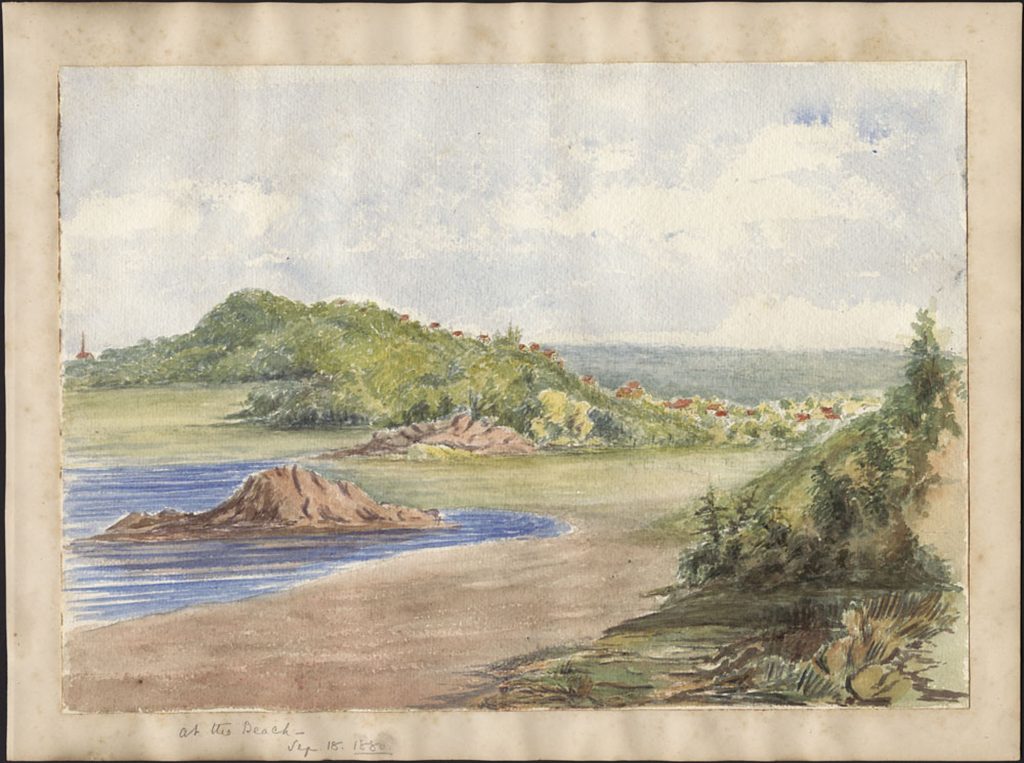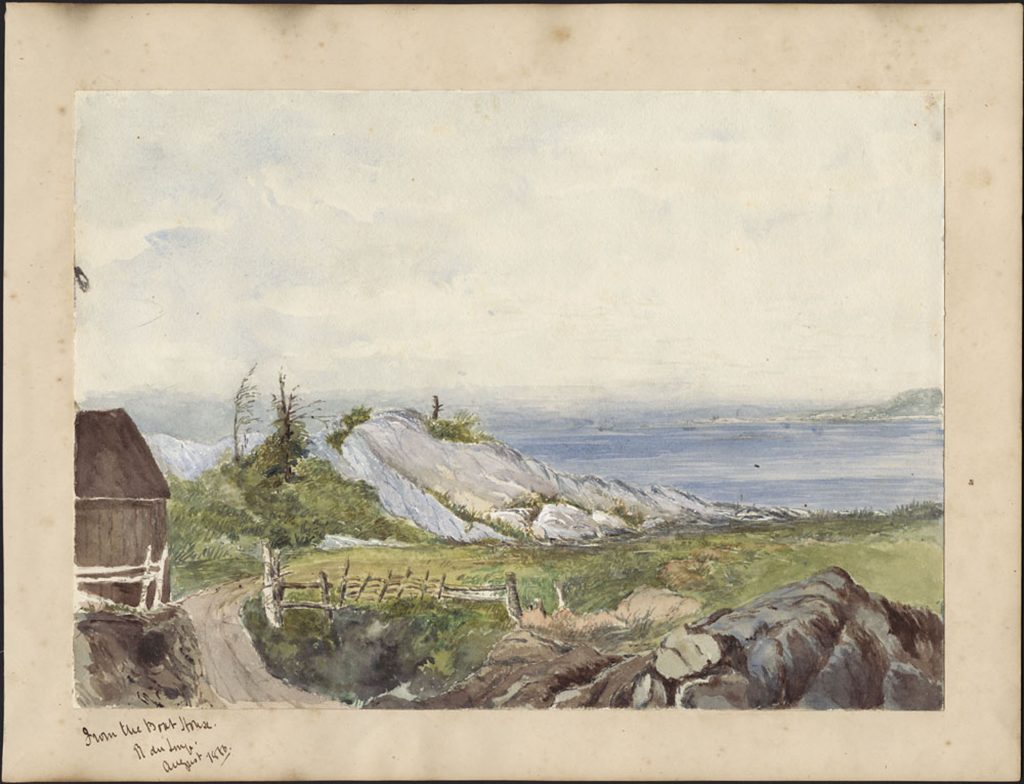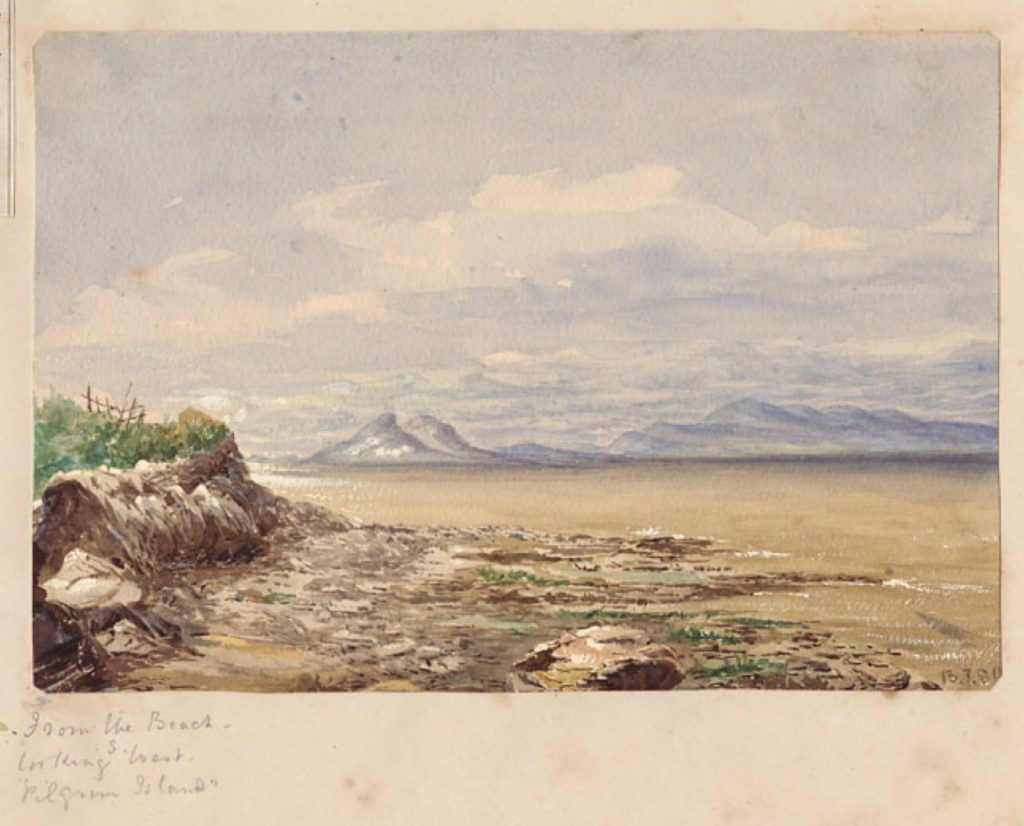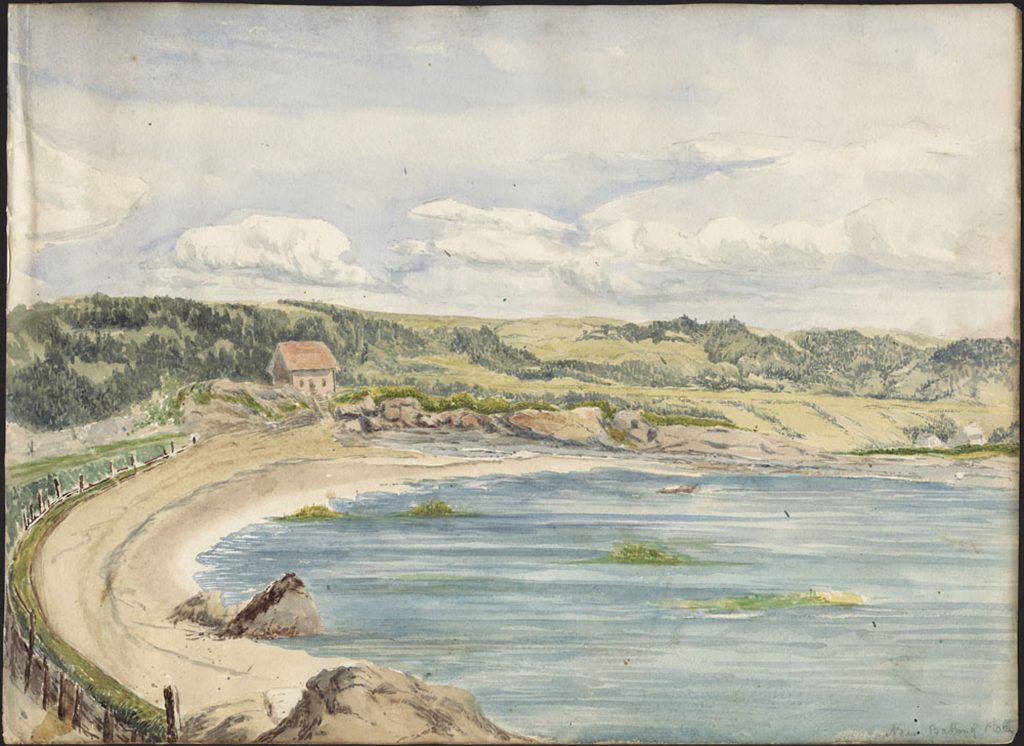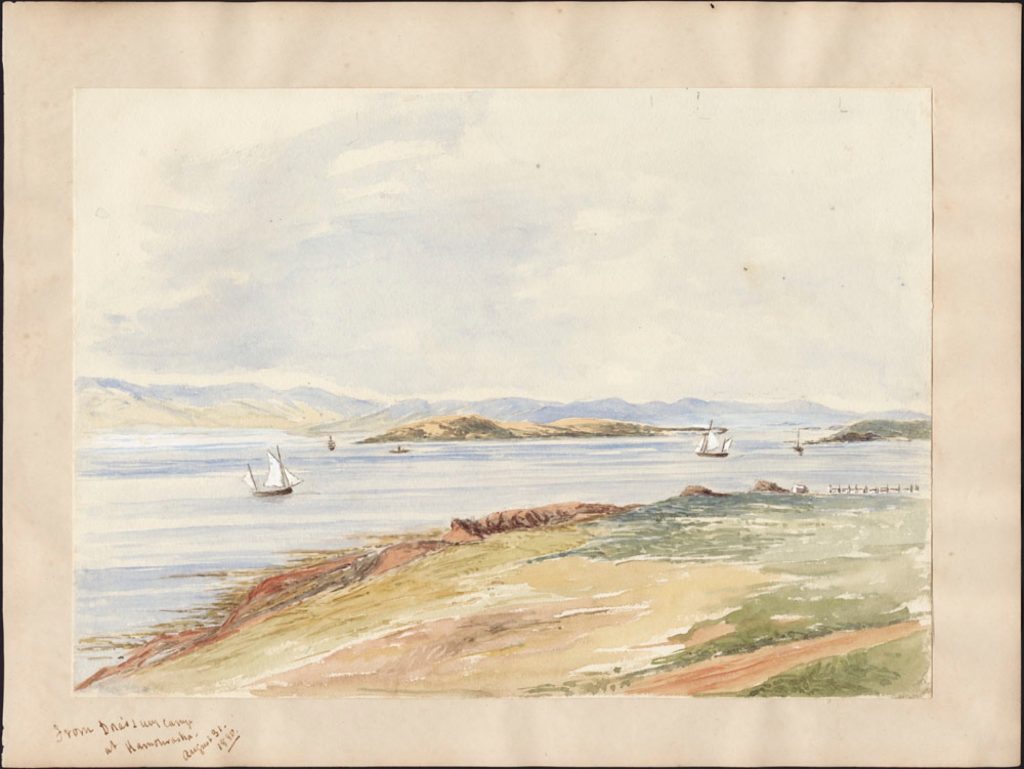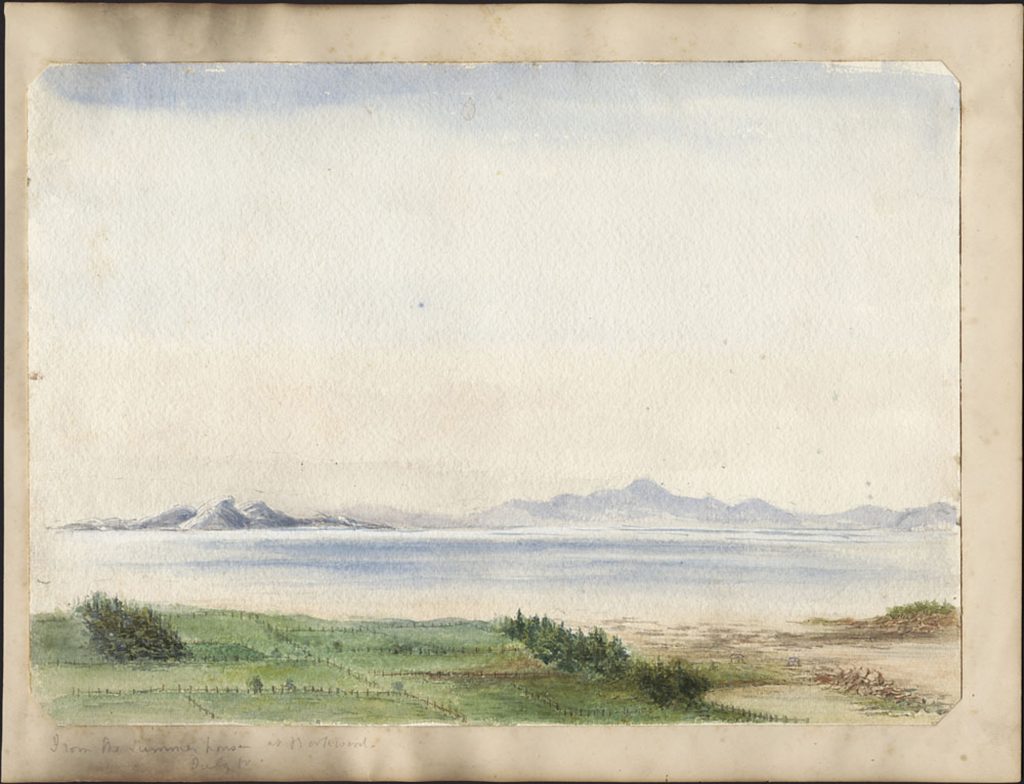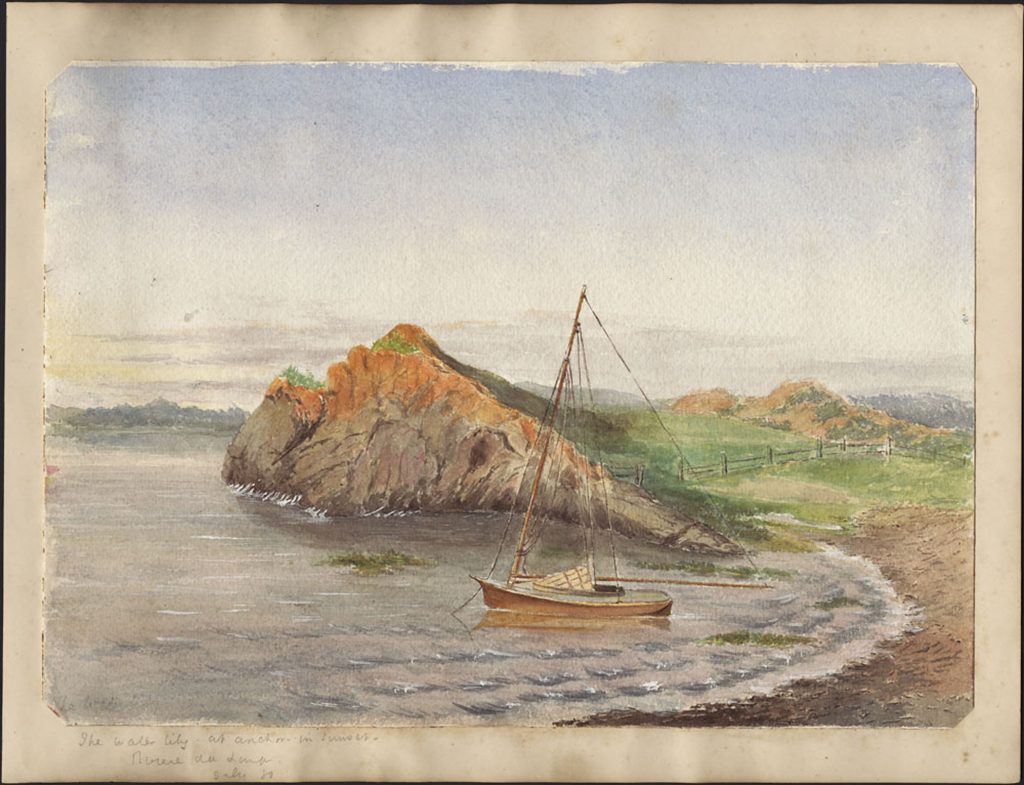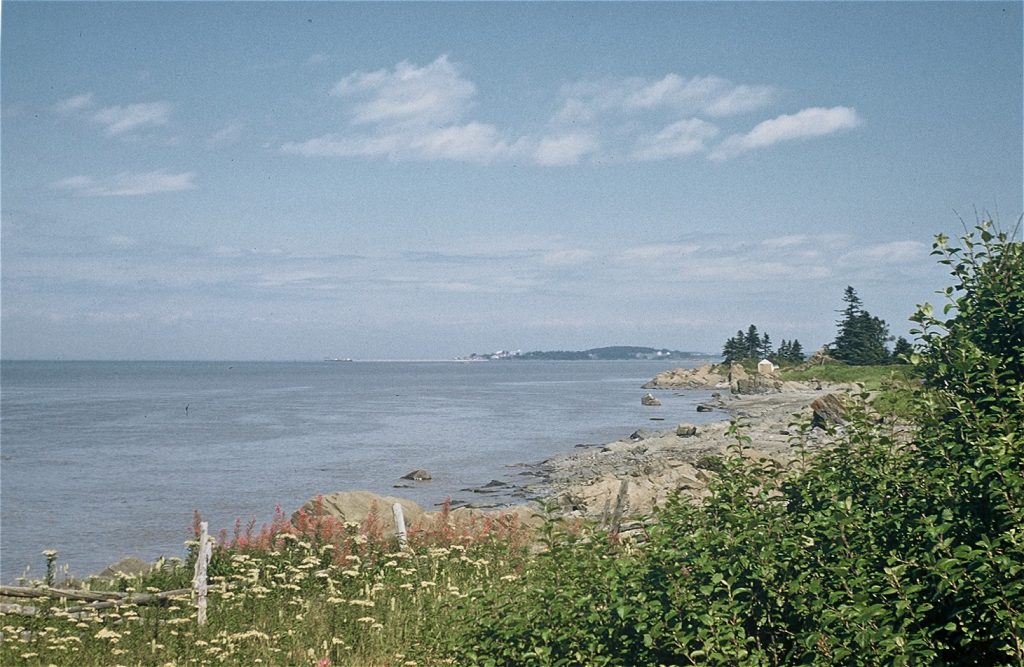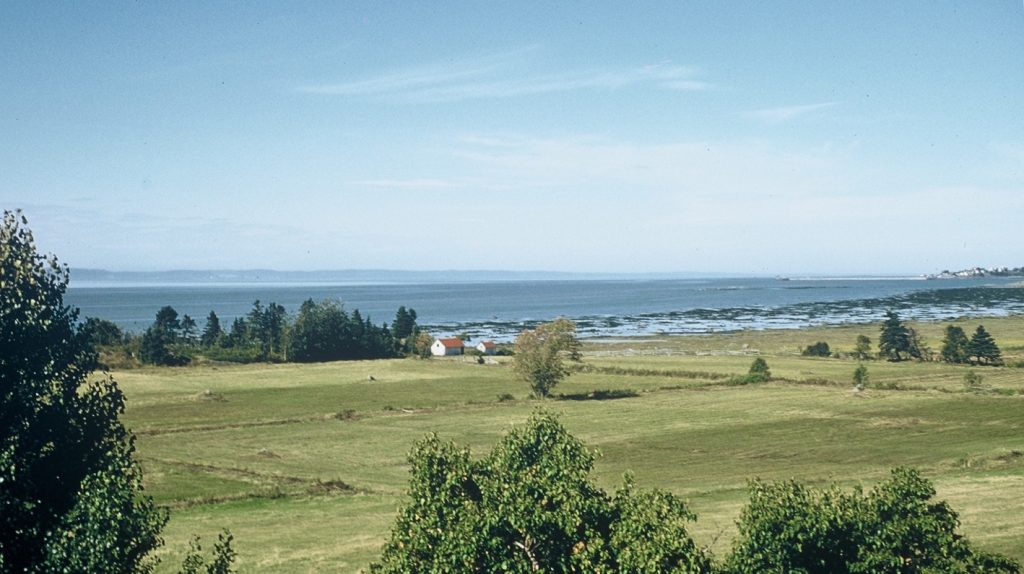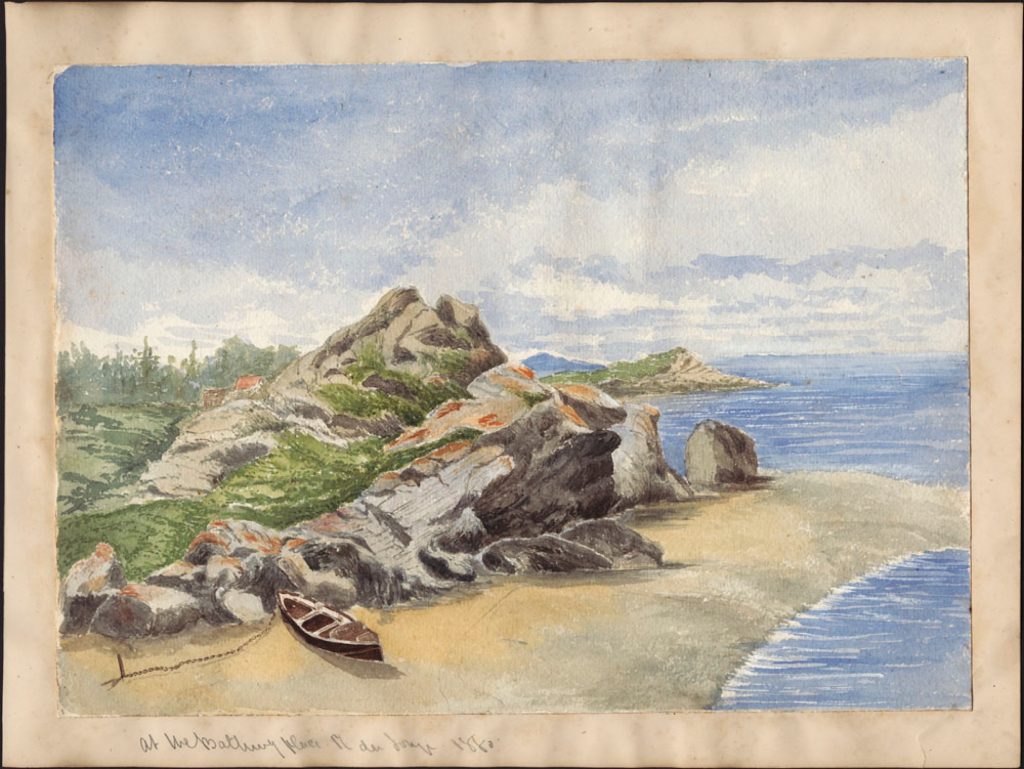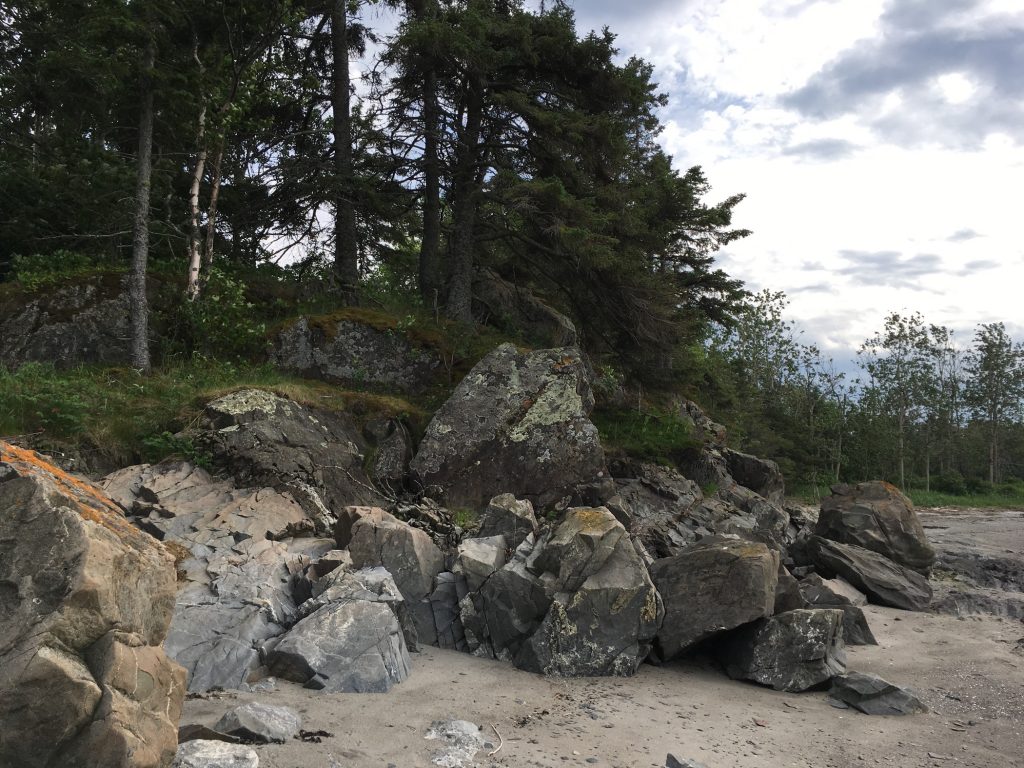Lady Agnes Macdonald and her Watercolours
Lady Agnes Macdonald, like many other ladies of means of her generation, took up the genteel pastime of painting in watercolour.
All her known surviving watercolours were painted in the summer of 1880.
On foot, Lady Agnes did not venture far from their villa, often taking the uneven path down to the river with her paintbox, brushes and easel.
Her paintings give us a sense of time and place in the scenes she chose to paint.
She clearly appreciated and enjoyed the natural landscapes on the south shore.
She found gratification painting the peaceful scenes she came upon.
Lady Agnes’s watercolours also tell us that she spent some time fishing in Kamouraska at the end of August 1880.
She also took her painting supplies over her neighbours’ cottage, while Miss Reynolds was spending time at Villa Les Rochers taking care of young Mary Macdonald.
Many of the same riverside scenes that Lady Agnes Macdonald painted in 1880 remain recognizable over the years, looking towards Rivière-du-Loup or looking towards Notre-Dame-du-Portage.


